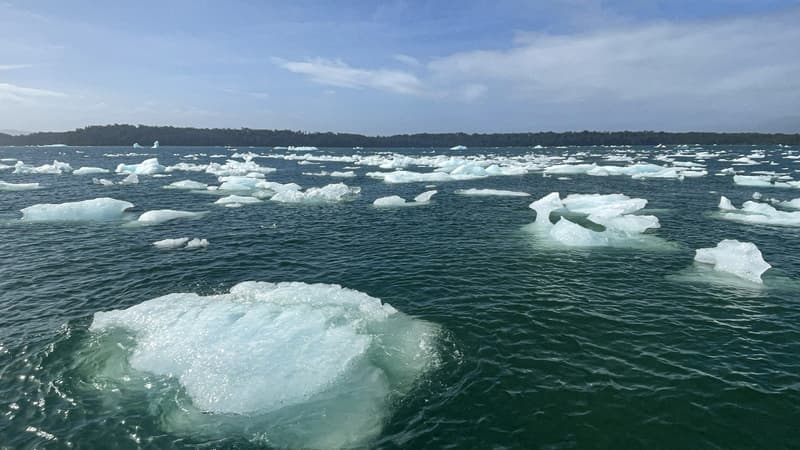When artificial intelligence (AI) can help save the planet. In the United States, Google has partnered with the Woodwell Climate Research Center to create a tool to monitor ice melt in the Arctic in real time, according to specialized media Axios. Google’s Deepmind branch, which deals with AI, has also developed several tools in the context of environmental preservation.
The Arctic is warming three to four times faster than the rest of the world. Faced with this phenomenon, scientists seek to speed up their observation methods to complete their work in the field. So, Google and the Woodwell Climate Research Center will set up AI-based real-time monitoring.
The objective of this new tool is to monitor the thawing of the permafrost to obtain an updated base every month, based on satellite images coming in particular from Sentinel or from private companies such as Planet and Maxar.
This initiative will result in an online resource that will be freely available to the public and will be able to observe the Arctic in real time. “Currently there is no such tool,” said Anna Liljedahl, a climatologist and project manager. Axios.
prevent flooding
Google’s Deepmind branch has developed several AI-based tools and collaborates with climate experts around the world.
To prevent flooding, Google has launched a tool called Flood Hub capable of predicting the overflow of a river a week in advance, thanks to artificial intelligence.
Always using satellite images, but also meteorological data, Flood Hub allows “to warn people of a risk of flooding so that they can take refuge”, specifies Zoubin Ghahramani, vice president of Deepmind, at Tech&Co. The service currently covers 79 countries, including France, which affects 460 million people. He is integrated directly with Google Maps.
Deepmind also helps predict forest fires. “Fires spread in very complex ways and AI, with the help of machine learning, can model that,” promises the vice president.
power hungry AI
In 2019, Deepmind developed an algorithm to help preserve the ecosystem of Serengeti National Park in Tanzania. The algorithm is based on images and videos taken at the park over the previous nine years. Before the tool appeared, it took volunteers more than a year to process the images.
Deepmind’s AI not only makes it possible to identify fuzzy or hard-to-discern animals in images, but also to categorize animals much faster.
However, the AI models themselves have a significant impact on the environment. For example, the GPT-3 unit consumed almost 1,300 MWh, the electricity consumed by almost 320 French households in one year. This phase would have thus caused the emission of 550 tons of CO2 equivalent to the atmosphere. This same formation would also have consumed 700,000 liters of water.
Source: BFM TV


